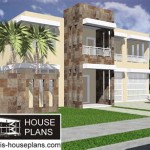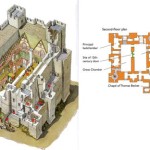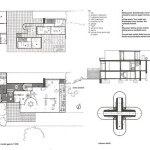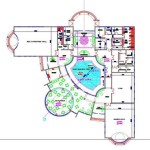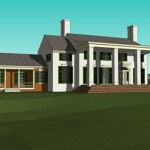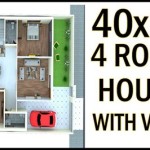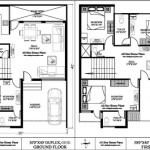1960s Ranch Style Home Plans: A Retrospective
The 1960s witnessed a surge in the popularity of ranch-style homes across the United States. This architectural style, characterized by its single-story layout, sprawling footprint, and connection to the outdoors, resonated with the post-war boom and the burgeoning middle class. Examining 1960s ranch house plans offers a glimpse into the era's design sensibilities and the evolving needs of American families.
Several key features define 1960s ranch home plans. These residences typically feature long, low profiles with attached garages. Large picture windows are common, designed to maximize natural light and provide views of the surrounding landscape. Open floor plans connecting living, dining, and kitchen areas were often favored for their promotion of casual living and entertaining. Sliding glass doors leading to patios or backyards further blurred the lines between indoor and outdoor spaces, embracing the suburban ideal.
Variations within the ranch style emerged during the 1960s. The "California ranch" incorporated elements of Spanish Colonial architecture, such as stucco exteriors and red tile roofs. The "split-level ranch" introduced a staggered floor plan, providing visual interest and a degree of separation between living spaces. The "raised ranch," built with a finished basement, maximized living space on smaller lots, appealing to cost-conscious homeowners.
The popularity of ranch homes in the 1960s can be attributed to several factors. The post-war economic prosperity allowed more families to achieve homeownership. The affordability of ranch construction, owing to its simpler design and readily available materials, made it an attractive option. The suburban lifestyle, characterized by larger lots and a focus on family life, aligned perfectly with the ranch's sprawling layout and emphasis on outdoor living.
Examining original 1960s ranch house plans reveals distinct design elements reflective of the era. Formal living and dining rooms, though sometimes smaller than in previous decades, were still considered essential. Kitchens, often described as "atomic kitchens," embraced modern appliances and colorful cabinetry. Family rooms, frequently featuring a fireplace and built-in shelving, served as the heart of the home. Bedrooms were typically clustered together in a separate wing, providing privacy from the main living areas.
The influence of modernist architecture is evident in many 1960s ranch designs. Clean lines, geometric shapes, and minimalist ornamentation were increasingly incorporated. The use of new materials, such as concrete block and exposed beams, reflected a shift towards simpler, more functional aesthetics. This embrace of modernism signaled a departure from the more ornate styles of previous decades.
Today, 1960s ranch homes remain popular, though often updated to meet contemporary needs. Many homeowners undertake renovations to expand kitchens, create open-concept living spaces, and update bathrooms. The addition of second stories or finished basements can address the need for increased living space. Modernizing energy efficiency features is another common renovation, reflecting a growing concern for sustainability.
Finding original 1960s ranch house plans can be a valuable resource for those considering renovations or building new homes inspired by the era. Architectural archives, online databases, and vintage home plan books can provide a wealth of inspiration. These resources can offer insights into the original design intentions, spatial layouts, and construction details of these iconic homes.
The legacy of the 1960s ranch house extends beyond its architectural form. It represents a specific moment in American history, reflecting the aspirations and lifestyle of a generation. The ranch's enduring appeal speaks to its practicality, adaptability, and connection to the quintessential suburban dream.
While styles and trends evolve, the 1960s ranch house continues to hold a unique place in the American architectural landscape. Its simple elegance, connection to nature, and focus on family living continue to resonate with homeowners today, making it a timeless classic.
Studying 1960s ranch house plans provides a valuable understanding of mid-century modern design principles and the social context that shaped them. These plans offer a blueprint for understanding the evolution of residential architecture and the enduring appeal of the ranch style.

1962 National Plan Service Ranch House Plans Basement Blueprints

Vintage House Plans 1960s Homes Mid Century Ranch

Vintage House Plans 2327 Mid Century Modern 1960s

1960 Ranch House Plans Vintage Mid Century Modern

Diffe Exterior No Kitchen Nook All Combine Family And Living Room For Courtyard House Plans Mid Century Modern Vintage

84 Original Retro Midcentury House Plans That You Can Still Buy Today Renovation

Vintage House Plans 1960s Efficient Floor Up To 4 Bedrooms Ranch
The Ordinary Iconic Ranch House Is About Mid 20 Century In Georgia It Presented Six Parts Part V Thi
Ranch Homes Then And Now

84 Original Retro Midcentury House Plans That You Can Still Buy Today Renovation

